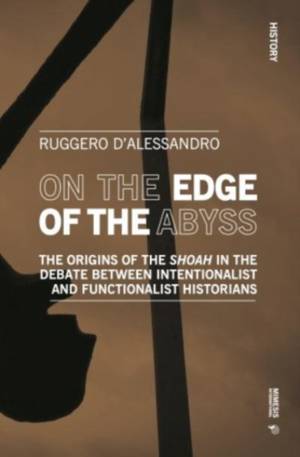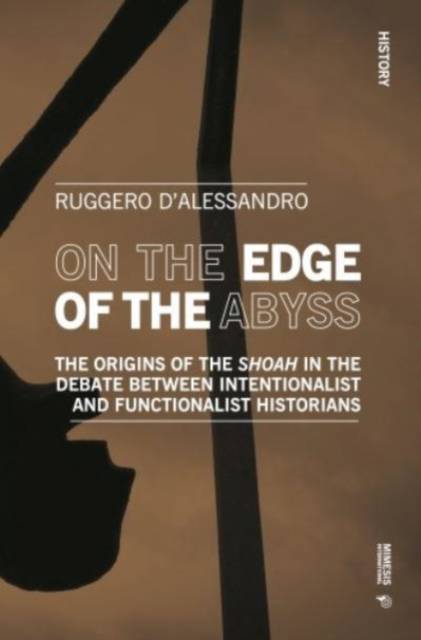
- Afhalen na 1 uur in een winkel met voorraad
- Gratis thuislevering in België vanaf € 30
- Ruim aanbod met 7 miljoen producten
- Afhalen na 1 uur in een winkel met voorraad
- Gratis thuislevering in België vanaf € 30
- Ruim aanbod met 7 miljoen producten
Zoeken
On the Edge of the Abyss
The Origins of the Shoah in the Debate Between Intentionalist and Functionalist Historians
Ruggero D'Alessandro
€ 40,45
+ 80 punten
Omschrijving
At the heart of the present work is the matter of the date and path which lead to the ultimate decision to destroy European Jews (to paraphrase the title of the masterpiece written by Raul Hilberg, the first great historian on the Shoah). The author intends to introduce the topic in the clearest possible way with regards to language and arguments and to deal with the topic from the perspective of an intellectual historian, not that of a contemporary historian (which he is not). He presents it as an exemplary case for the comparison of ideas on contemporary history, society, and politics. Starting with an examination into the Nazi as an individual, he continues with an analysis and various portraits of intellectuals turned exterminators. A key item is the year 1941 as the turning point toward the Shoah. The final chapter is dedicated to the comparison between Intention and Function in the history of the Shoah.
Specificaties
Betrokkenen
- Auteur(s):
- Uitgeverij:
Inhoud
- Aantal bladzijden:
- 218
- Taal:
- Engels
- Reeks:
Eigenschappen
- Productcode (EAN):
- 9788869774065
- Verschijningsdatum:
- 28/02/2025
- Uitvoering:
- Paperback
- Formaat:
- Trade paperback (VS)
- Afmetingen:
- 140 mm x 211 mm
- Gewicht:
- 296 g

Alleen bij Standaard Boekhandel
+ 80 punten op je klantenkaart van Standaard Boekhandel
Beoordelingen
We publiceren alleen reviews die voldoen aan de voorwaarden voor reviews. Bekijk onze voorwaarden voor reviews.











